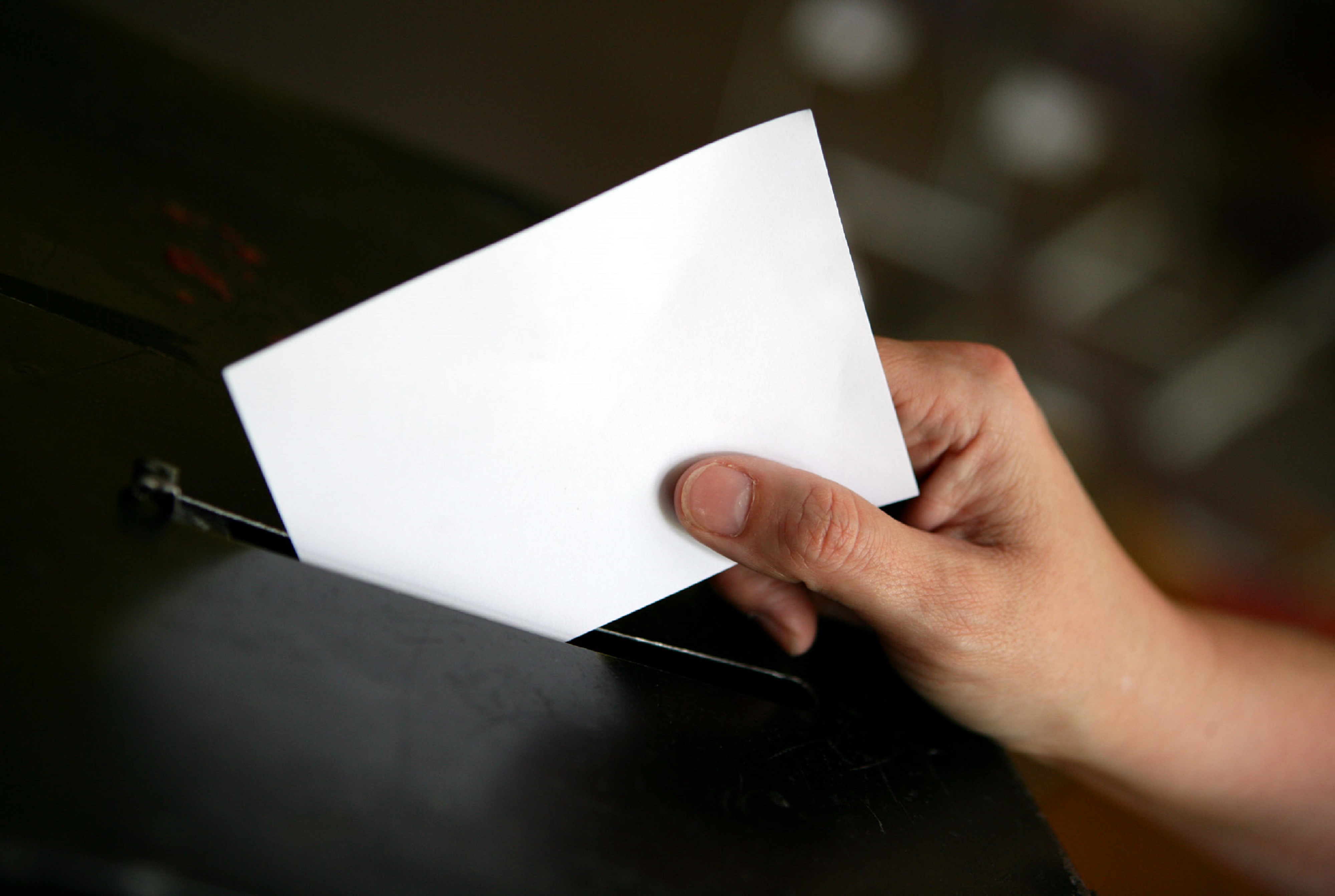
Voters are being urged to make sure they are prepared for the first election of its kind for York and North Yorkshire to elect a mayor who will be responsible for bringing a host of benefits to the region.
The election on Thursday next week (2 May) will appoint the first mayor for York and North Yorkshire to bring more decision-making powers and millions of pounds in additional funding.
The vote will be a major moment for a long-awaited devolution deal for the region, and the mayor will oversee the York and North Yorkshire Combined Authority, which launched on 1 February, to introduce benefits ranging from new and better-paid jobs and improved skills and training to more affordable housing. A total of six candidates are standing for election.
Polling day will run from 7am until 10pm, and voters have been asked to check their polling card to establish exactly where their polling station is. There will be nearly 670 polling stations across York and North Yorkshire on the day of the election.
People will also need to bring a photo identification to the polling station to cast their vote after the Government introduced the requirement from May last year as part of a crackdown on electoral fraud. Acceptable forms of photo ID include a driver’s licence, a passport, some forms of concessionary travel pass and photo parking permits for the Blue Badge scheme.
Anyone who is voting by post has also been urged to make sure that they send their ballot paper in ahead of the election. Details are in packs sent to anyone who is planning to use a postal vote.
Ourselves and City of York Council will be running the election in the two local authority areas. The result will be announced in Harrogate once votes have been counted on Friday next week (May 3), the day after the election.
Chief executive, Richard Flinton, will be the combined authority’s returning officer as well as the local returning officer for North Yorkshire for the election.
He said: “This will be a landmark for politics in York and North Yorkshire, as the election of the mayor will lead to benefits to hundreds of thousands of people.
“We are asking for anyone who is registered to vote to make sure that they take part in the chance to elect our first ever mayor for the region. People should check exactly where their polling station is, and also remember to bring an acceptable form of photo ID so that they are able to cast their vote.
“This election will give us an influential politician who will be able to champion York and North Yorkshire on a national stage and ensure that a raft of benefits from better jobs and training to more affordable housing can be realised for both residents and businesses alike.”
The devolution deal for York and North Yorkshire includes an investment fund totalling £540 million over a 30-year term, which provides flexibility to target money to specific schemes on a more local level.
The mayor will continue work that is already under way on projects including £12.7 million to deliver 700 new homes on brownfield sites and a further £10 million to support the transition to net zero, unlocking economic opportunity, empowering business growth and creating new and better paid jobs.
The mayor will also take on the responsibilities of the police, fire and crime commissioner for York and North Yorkshire. The commissioner is responsible for holding the chief constable as well as the chief fire officer to account and ensuring their services are efficient and effective.
The commissioner sets policing and crime priorities and oversees the police budget. The commissioner also supports community safety activities and provides victims of crime with a range of services, as well as setting priorities in the fire and rescue plan and overseeing the brigade’s budget.
See details of the candidates are available via the candidate address booklet.
See more information about the locations of local polling stations.